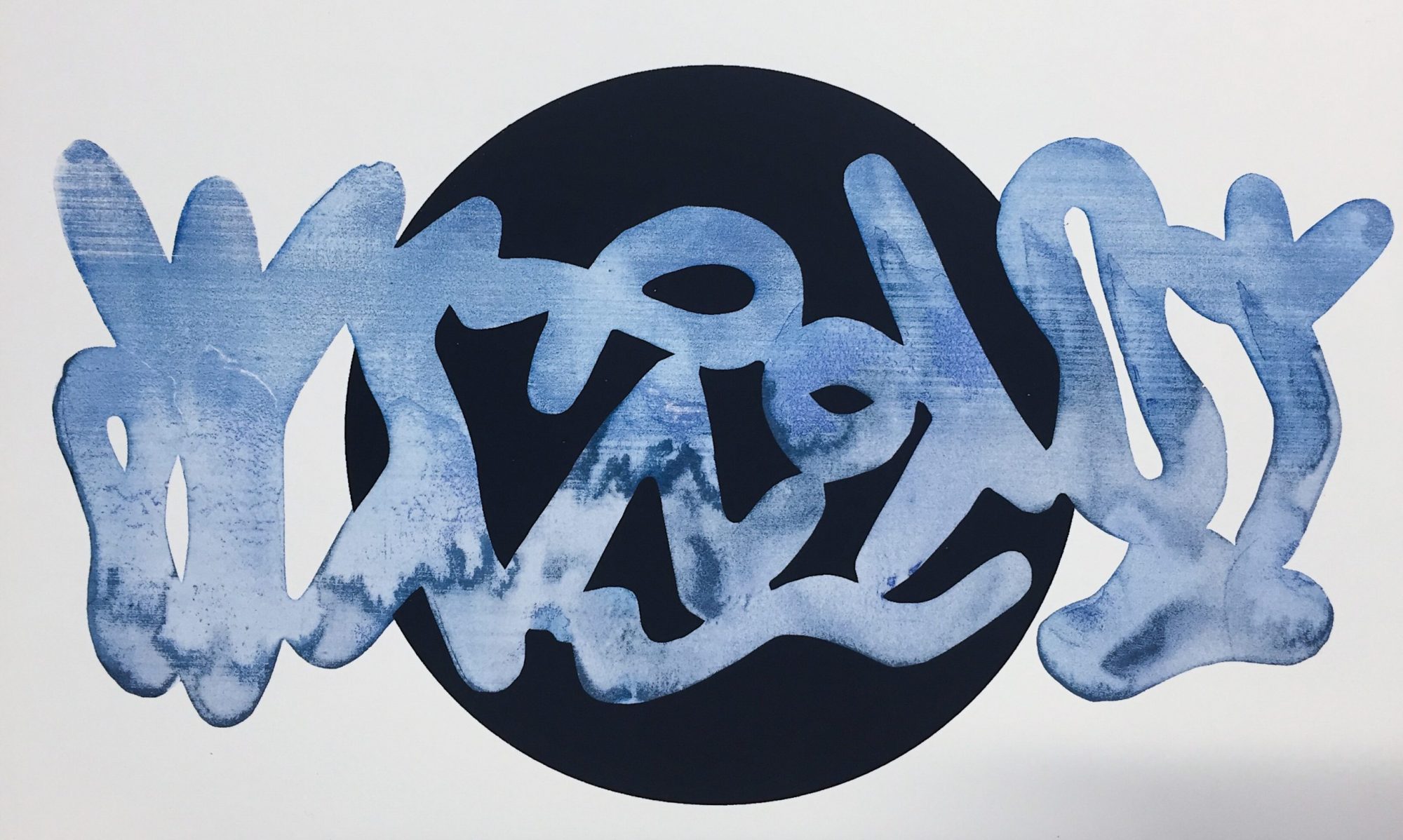 Dancer “channeling” ancestral spirits spins in a trance at an Eke Ekpe festival. Men with sticks keep the dancer from getting close to others at the festival, because it’s believed even the slightest touch from a dancer could kill. Photo: Josh Rogosin, NPR News [click to view NPR site]
Dancer “channeling” ancestral spirits spins in a trance at an Eke Ekpe festival. Men with sticks keep the dancer from getting close to others at the festival, because it’s believed even the slightest touch from a dancer could kill. Photo: Josh Rogosin, NPR News [click to view NPR site]
Vodun is an ancient religion practiced by some 30 million people in the West African nations of Benin, Togo and Ghana. In the United States, Voudou (Voodoo) has been sensationalized by Hollywood, demonized by Christian missionaries and parodied in New Orleans tourist shops. They got it all wrong. “Voodoo is older than the world,” says Janvier Houlonon, a tour guide in Benin and a lifelong voodoo practitioner. “They say that voodoo is like the marks or the lines which are in our hands — we born with them. Voodoo are in the leaves, in the earth. Voodoo is everywhere.”
African slaves brought voodoo with them to plantations in Brazil, Haiti, Cuba and Louisiana. And with them creative arts that include ceramics, textiles, weaving, and certainly a musical tradition that keeps feeding the world as we know it. However, the non-musical traditions that came to this hemisphere along with those enslaved isn’t nearly as recognized.
 Speaking of indigo, again, let me mention African American quilting traditions because they are so powerful within the community. Gee’s Bend, AL has recently come under the spotlight. But, what has been the reception of visual artists of the African diaspora during the past four hundred plus years? That’s in both N. America and Europe. Sad to say, but that record is pitiful, although things *seem* to be slowly changing.
Speaking of indigo, again, let me mention African American quilting traditions because they are so powerful within the community. Gee’s Bend, AL has recently come under the spotlight. But, what has been the reception of visual artists of the African diaspora during the past four hundred plus years? That’s in both N. America and Europe. Sad to say, but that record is pitiful, although things *seem* to be slowly changing.
The single most significant reason this is important is because Miami and environs has a wealth of varying West African traditions: Haitian, Cuban, Brazilian, southern African American, Trinidadian, and others. Visual art in this context would seem right at home and it is. However, much of it is of clichéd and overworked motifs. Some of it has not been seen for what it is. It’s anyone’s guess as to why that is the case. One would think that curators and art historians would be aware that such work exists, and outside of the Cuban and Haitian cultural contexts. Afterall, my family moved to Florida from South Carolina back in 1908 and, that state had one of the highest concentrations of Africans in all of N. American.
Those that are aware of African Caribbean visual culture shouldn’t think that nothing exists from the southern U.S. Aside from quilting there are other manifestations that thankfully Robert F. Thompson, Ph.D. has brought to our attention. Some of it has yet to be fully documented, such as my pictorial study of African American burial decorations. Are you seeing the connections?
 Mami Wata, who gets mentioned on the NPR program, is twofold: she is an ancient and indigenous deity, part of the widespread belief in spirits that live in the waters, but she is most often depicted as an alien creature such as a mermaid. Mami Wata is a fully African spirit. This particular image incorporates imagery from colonization and demonstrates the influence of foreign culture on African art, which is organic and constantly evolving. As African culture has been exposed to Western, Islamic and Indian culture and art, the images of Mami Wata have changed over time, yet her personality has remained the same.
Mami Wata, who gets mentioned on the NPR program, is twofold: she is an ancient and indigenous deity, part of the widespread belief in spirits that live in the waters, but she is most often depicted as an alien creature such as a mermaid. Mami Wata is a fully African spirit. This particular image incorporates imagery from colonization and demonstrates the influence of foreign culture on African art, which is organic and constantly evolving. As African culture has been exposed to Western, Islamic and Indian culture and art, the images of Mami Wata have changed over time, yet her personality has remained the same.
